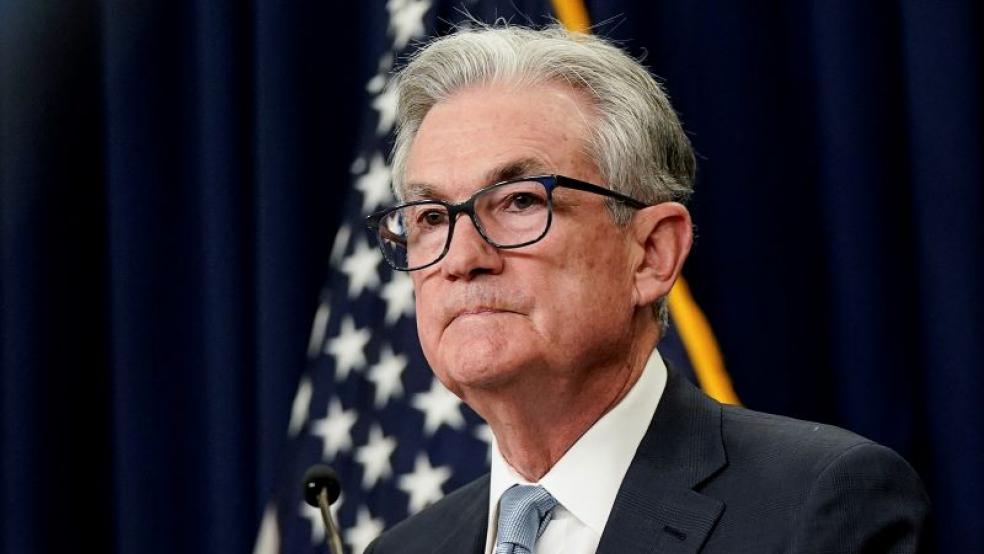After the sudden implosion of Silicon Valley Bank on Friday and the shuttering of Signature Bank on Sunday, President Joe Biden stepped in front of television cameras Monday morning seeking to reassure the American public that the banking system and their deposits were not in jeopardy.
“Today, thanks to the quick action of my administration over the past few days, Americans can have confidence that the banking system is safe. Your deposits will be there when you need them,” Biden said.
Officials had announced a series of steps they were taking to protect depositors and prevent the banking system — or public confidence in it — from wobbling. The FDIC took over the assets of both Silicon Valley Bank and Signature Bank and, along with the Treasury Department and Federal Reserve, announced that depositors at the banks would be fully protected and have access to their money as of today. The Federal Reserve also said it would offer a new loan program to help ensure that banks can satisfy potential withdrawals from depositors.
The White House insists this is not a bailout (but the fund being used is guaranteed by the Treasury Department). “No losses will be — this is an important point — no losses will be borne by the taxpayers,” Biden said. “Let me repeat that: No losses will be borne by the taxpayers. Instead, the money will come from the fees that banks pay into the Deposit Insurance Fund.”
Biden added that the management of the collapsed banks will be fired and that investors in the banks will not be protected from losses. “They knowingly took a risk and when the risk didn’t pay off, investors lose their money. That’s how capitalism works,” he said.
Biden also said he wanted a full accounting of how these banks ran into trouble and how similar problems can be prevented in the future. “I’m going to ask Congress and the banking regulators to strengthen the rules for banks to make it less likely that this kind of bank failure will happen again and to protect American jobs and small businesses,” he said, pointing out that some regulations had been rolled back under the previous administration.
Implications for interest rates: The Federal Reserve’s rate-setting Federal Open Market Committee (FOMC) is scheduled to meet next week and the bank turmoil may affect its decision. Silicon Valley Bank’s problem reportedly arose in large part because the bank failed to properly hedge against rapidly rising interest rates. The Federal Reserve has raised its key rate by 4.5 percentage points over the past year as it seeks to combat inflation that reached a four-decade high.
Analysts and investors expected the bank to raise rates next week by another half a percentage point, reaccelerating its tightening efforts after a 0.25 percentage point increase in February. Anxiety about the health of the financial sector may have changed those plans, making Fed officials wary of injecting further risk into the system.
“We now expect the FOMC to pause at its March 21-22 meeting because we think that Fed officials will worry that another interest rate hike could be counterproductive to efforts by US policymakers to shore up the financial system,” Goldman Sachs economists told their clients. “While we agree that more tightening will likely be needed to address the inflation problem if financial stability concerns abate, we think Fed officials are likely to prioritize financial stability for now, viewing it as the immediate problem and high inflation as a medium-term problem.”
J.P. Morgan economist Michael Feroli said he continues to look for the Fed to raise rates by 25 basis points. “Even before the problems flared up in the banking sector, we thought a 50bp move would be ill-advised, and we still think that is the case,” he wrote.
The bottom line: The banking sector faces increased uncertainty now — and the Federal Reserve’s job, which involves both fighting inflation and ensuring financial stability — just got a whole lot tougher. “It’s the first time in this cycle where they’ve had a conflict within their mandate,” Marc Sumerlin, founder of Evenflow Macro in Washington, told Bloomberg News. “The central bank was set up for financial stability and they clearly react to it so they now face themselves with financial stability telling them to stop and inflation telling them to tighten further.”





